Stefan Valentin
Detecting 5G Signal Jammers Using Spectrograms with Supervised and Unsupervised Learning
May 07, 2024Abstract:Cellular networks are potential targets of jamming attacks to disrupt wireless communications. Since the fifth generation (5G) of cellular networks enables mission-critical applications, such as autonomous driving or smart manufacturing, the resulting malfunctions can cause serious damage. This paper proposes to detect broadband jammers by an online classification of spectrograms. These spectrograms are computed from a stream of in-phase and quadrature (IQ) samples of 5G radio signals. We obtain these signals experimentally and describe how to design a suitable dataset for training. Based on this data, we compare two classification methods: a supervised learning model built on a basic convolutional neural network (CNN) and an unsupervised learning model based on a convolutional autoencoder (CAE). After comparing the structure of these models, their performance is assessed in terms of accuracy and computational complexity.
One-Class Classification as GLRT for Jamming Detection in Private 5G Networks
May 07, 2024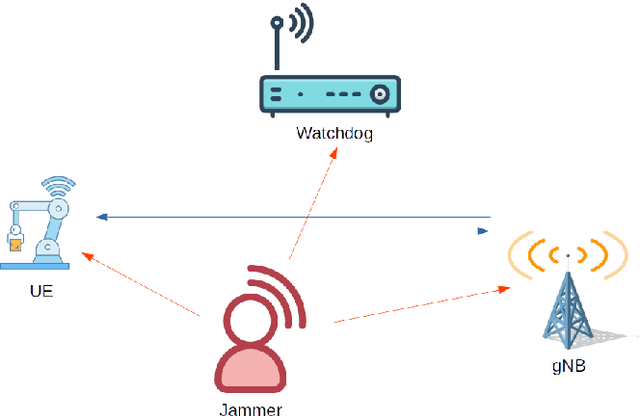
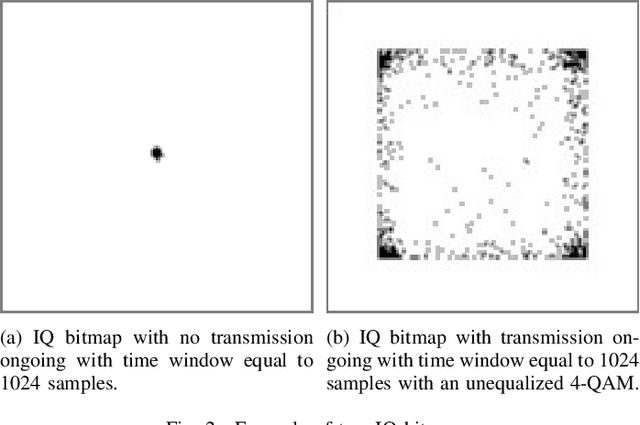
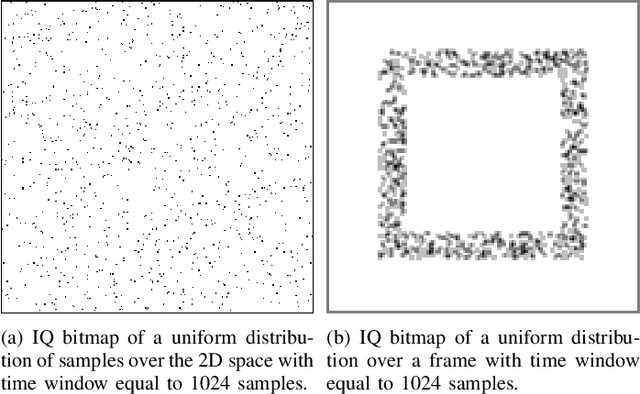
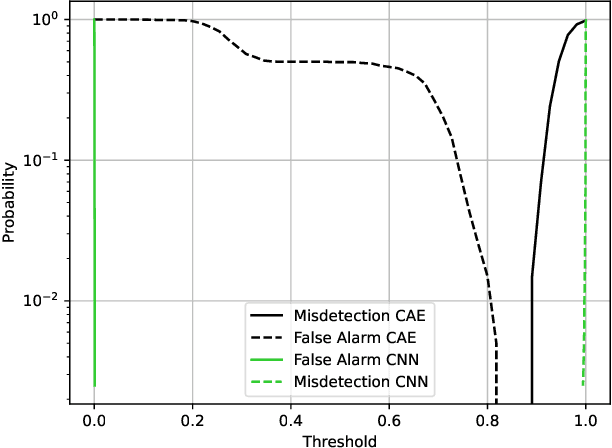
Abstract:5G mobile networks are vulnerable to jamming attacks that may jeopardize valuable applications such as industry automation. In this paper, we propose to analyze radio signals with a dedicated device to detect jamming attacks. We pursue a learning approach, with the detector being a CNN implementing a GLRT. To this end, the CNN is trained as a two-class classifier using two datasets: one of real legitimate signals and another generated artificially so that the resulting classifier implements the GLRT. The artificial dataset is generated mimicking different types of jamming signals. We evaluate the performance of this detector using experimental data obtained from a private 5G network and several jamming signals, showing the technique's effectiveness in detecting the attacks.
Detecting 5G Narrowband Jammers with CNN, k-nearest Neighbors, and Support Vector Machines
May 07, 2024Abstract:5G cellular networks are particularly vulnerable against narrowband jammers that target specific control sub-channels in the radio signal. One mitigation approach is to detect such jamming attacks with an online observation system, based on machine learning. We propose to detect jamming at the physical layer with a pre-trained machine learning model that performs binary classification. Based on data from an experimental 5G network, we study the performance of different classification models. A convolutional neural network will be compared to support vector machines and k-nearest neighbors, where the last two methods are combined with principal component analysis. The obtained results show substantial differences in terms of classification accuracy and computation time.
Kernel-Based Adaptive Online Reconstruction of Coverage Maps With Side Information
May 20, 2015
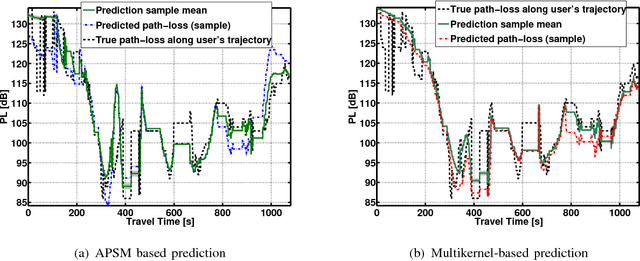


Abstract:In this paper, we address the problem of reconstructing coverage maps from path-loss measurements in cellular networks. We propose and evaluate two kernel-based adaptive online algorithms as an alternative to typical offline methods. The proposed algorithms are application-tailored extensions of powerful iterative methods such as the adaptive projected subgradient method and a state-of-the-art adaptive multikernel method. Assuming that the moving trajectories of users are available, it is shown how side information can be incorporated in the algorithms to improve their convergence performance and the quality of the estimation. The complexity is significantly reduced by imposing sparsity-awareness in the sense that the algorithms exploit the compressibility of the measurement data to reduce the amount of data which is saved and processed. Finally, we present extensive simulations based on realistic data to show that our algorithms provide fast, robust estimates of coverage maps in real-world scenarios. Envisioned applications include path-loss prediction along trajectories of mobile users as a building block for anticipatory buffering or traffic offloading.
 Add to Chrome
Add to Chrome Add to Firefox
Add to Firefox Add to Edge
Add to Edge